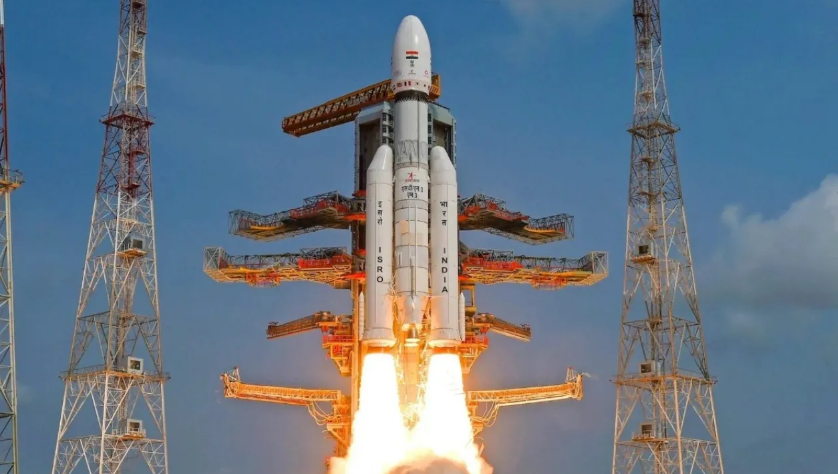Hyderabad: The Indian Space Research Organisation (ISRO) is set to make a major leap with the construction of a massive rocket, equivalent in height to a 40-story building, ISRO Chairman V. Narayanan announced during the convocation ceremony at Osmania University, Hyderabad. Speaking on upcoming projects, Narayanan outlined plans to launch the NavIC satellite, the N1 rocket, and a 6,500 kg American communication satellite into orbit later this year. He also recalled the first rocket developed under Dr. A.P.J. Abdul Kalam, which had a 17-ton lift-off capacity and successfully placed a 35 kg satellite into low Earth orbit. Currently, ISRO is working on deploying a 75-ton payload into low Earth orbit, requiring a rocket of unprecedented size. India presently has 55 satellites in orbit, a number expected to triple or quadruple in the next three to four years.
In addition, ISRO is working on the Technology Demonstration Satellite (TDS) and the GISAT-7R project for the Indian Navy, which is scheduled for launch soon. GISAT-7R will replace the current GISAT-7 (Rukmini) in orbit. During the convocation, Narayanan was also conferred an honorary doctorate by Telangana Governor G. Ishnu Dev Varma in recognition of his contributions to India’s space program.
ISRO is advancing its prestigious Gaganyaan mission, aimed at sending three Indian astronauts into space at an altitude of 400 km, scheduled for 2026. This will mark India’s first human spaceflight, making the country the fourth globally to achieve this feat if successful. Following the Chandrayaan-3 mission’s success, ISRO is also developing Chandrayaan-4, focused on collecting lunar surface samples and returning them to Earth. Two experimental launches for this mission are planned, with the main launch expected by 2027.






